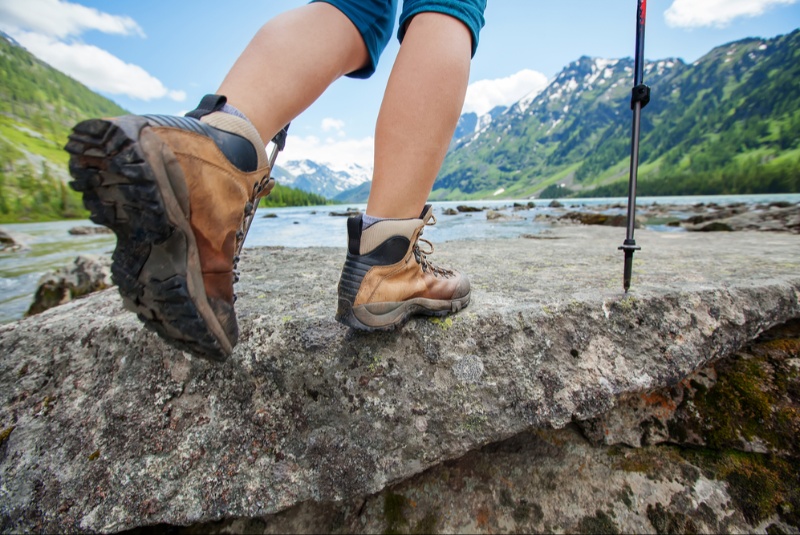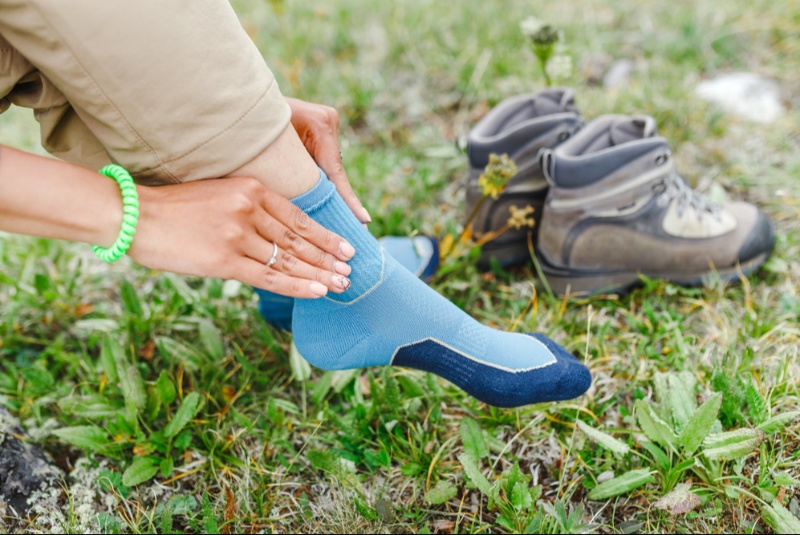Hiking boots are more than just footwear; they're the foundation of your outdoor adventures. Whether you're trekking through rugged terrain or exploring gentle trails, having the right pair of hiking boots can make all the difference in your comfort and enjoyment. With so many options available, it's important to know what to look for when selecting the best hiking boots for your needs.
Understanding Your Hiking Style and Terrain
Before diving into the myriad of hiking boot options, take some time to consider your hiking style and the terrain you'll be traversing. Are you a day hiker who sticks to well-groomed trails, or do you prefer multi-day backpacking trips through rough terrain? Understanding your hiking style will help narrow down the features you need in a pair of hiking boots.
Consider the terrain you'll encounter as well. Are you hiking in rocky, mountainous areas, or will you be exploring muddy forest trails? Different terrains require different levels of traction, ankle support, and waterproofing.
Finding the Right Fit
One of the most crucial aspects of choosing hiking boots is ensuring they fit properly. Ill-fitting boots can lead to blisters, sore feet, and a miserable hiking experience. When trying on hiking boots, wear the socks you plan to hike in and make sure there's enough room in the toe box to wiggle your toes. Your heel should be snug but not overly tight, and there shouldn't be any pressure points or areas of discomfort.
Don't be afraid to try on multiple sizes and styles to find the perfect fit. Remember that hiking boots often require a break-in period, so they may feel slightly stiff at first but should become more comfortable over time.
Consider the Material
Hiking boots come in a variety of materials, each with its own advantages and disadvantages. Full-grain leather boots are durable and provide excellent support but can be heavy and take longer to break in. Synthetic materials like nylon and polyester are lightweight and quick-drying but may not offer the same level of durability.
For wet or snowy conditions, look for hiking boots with waterproof membranes like Gore-Tex® or eVent® to keep your feet dry and comfortable. Keep in mind that waterproof boots may not be as breathable as non-waterproof options, so consider the climate and conditions you'll be hiking in.
Assessing Traction and Stability
When hiking on uneven or slippery terrain, having adequate traction is essential for preventing slips and falls. Look for hiking boots with aggressive lug patterns on the outsole for maximum grip on a variety of surfaces. Vibram® soles are known for their durability and traction and are a popular choice among hikers.
In addition to traction, consider the level of stability and ankle support offered by the hiking boots. High-cut boots provide extra support and protection for your ankles, which can be beneficial when hiking on rough or rocky terrain. However, they may feel restrictive to some hikers, so choose a style that feels comfortable and secure for your needs.

Balancing Weight and Support
When choosing hiking boots, it's important to strike a balance between weight and support. Lightweight boots are ideal for day hikers and those covering shorter distances, as they provide comfort and agility on the trail. However, if you're carrying a heavy pack or hiking over rugged terrain, you may need the additional support and stability offered by a heavier boot.
Consider the weight of the boots relative to your hiking style and the demands of the terrain. Remember that every ounce on your feet can feel like pounds after miles of hiking, so choose the lightest option that still meets your needs for support and durability.
Additional Considerations
Breathability and Comfort
Hiking boots that allow your feet to breathe will help prevent overheating and reduce the risk of blisters and discomfort. Look for boots with breathable mesh panels or moisture-wicking liners to keep your feet dry and comfortable on the trail.
Durability and Longevity
Investing in a high-quality pair of hiking boots is essential for long-term comfort and performance. Look for boots with reinforced stitching, durable materials, and quality construction that can withstand the rigors of hiking over various terrain.
Price and Value
While it can be tempting to opt for the cheapest pair of hiking boots available, investing in a quality pair will pay off in the long run. Consider the features, materials, and construction of the boots relative to their price to determine the best value for your budget.
Fit and Comfort
Ensuring a proper fit is crucial for comfort and performance on the trail. Take the time to try on multiple sizes and styles to find the perfect fit for your feet.
Traction and Stability
Choose hiking boots with aggressive lug patterns and supportive ankle collars to provide traction and stability on a variety of terrain.
Waterproofing
For wet or snowy conditions, look for hiking boots with waterproof membranes like Gore-Tex® or eVent® to keep your feet dry and comfortable.
Lightweight vs. Support
Balance the weight of the boots with the level of support and stability needed for your hiking style and terrain.
Choosing the best hiking boots for your hiking adventures requires careful consideration of your hiking style, terrain, fit, material, and desired features. By taking the time to evaluate these factors and try on multiple options, you can find a pair of hiking boots that will keep your feet comfortable and supported on every outdoor excursion.




